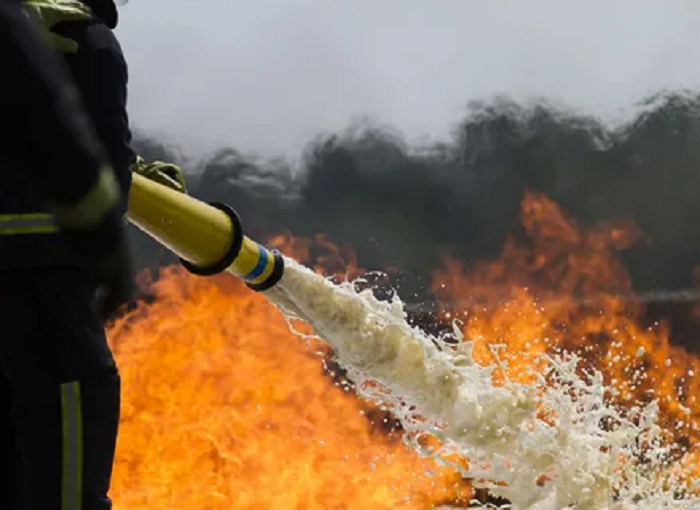What can put out fires? Everyone will say that water. At all times, burning buildings were extinguished with water. But at the beginning of the last century, scientists have already begun to think about whether there are more effective fire extinguishing agents. The controversy has not subsided to this day. Russian chemist Laurent in 1902 proposed to use foam as a means to fight fire. More than a hundred years later, the scales in terms of fire extinguishing efficiency are leaning towards water-foam installations. It is with foam that it is best to extinguish any type of fire, and if oil terminals, tanks containing flammable liquids or hangars catch fire, then the fight against the fire element is possible in this case, only with the help of a foam solution. Other means won’t work. Typically, a foam plant requires storage tanks for the foam agent, sprinklers, dosing devices that produce a foam solution and foam generators. The latter serve to obtain foam of the required multiplicity. They can be four-jet, providing surface fire extinguishing (with a multiplicity of twenty to one hundred). The jet of such a generator has a range of up to ten meters. They can be installed outdoors to protect containers and reservoirs from fire. Such generators will help to localize the fire if the equipment, pumping station or building structures catch fire.
To extinguish a large fire, you will need generators that make high-expansion foam. Over five hundred. Generators of this type can provide effective foaming in the absence of any additional components. This serves to increase the multiplicity and stability of the foam solution. Continuous work is being done to improve foam systems.














